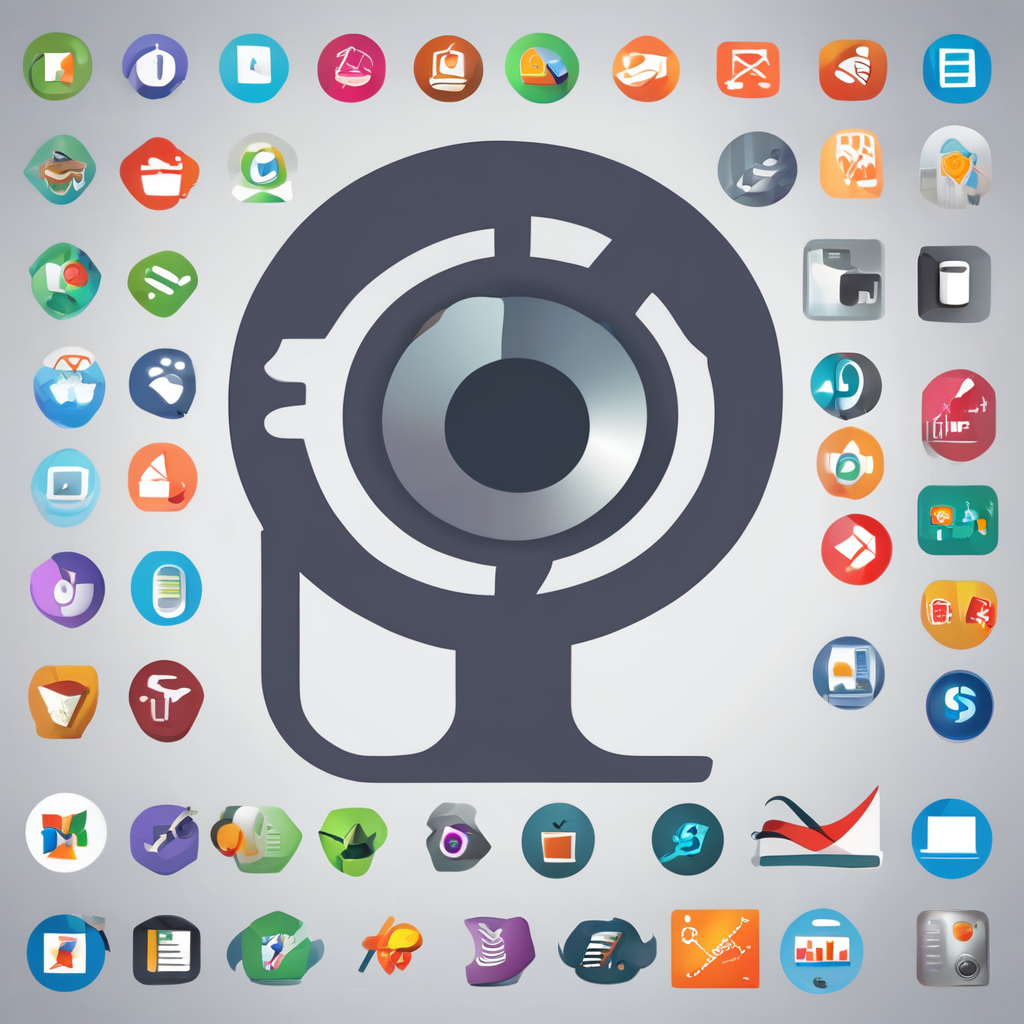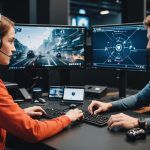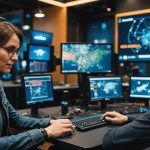Understanding Machine Learning in NPC Animation
Machine learning is revolutionising NPC animation in game development. At its core, it leverages algorithms that allow characters to learn and exhibit realistic behaviours. In open-world games, the significance of lifelike NPC actions cannot be overstated, as they contribute to a more engaging and authentic player experience. Unlike traditional animation, which relies on predetermined movements, machine learning enables these virtual characters to adapt and respond to their environment dynamically.
In game development, understanding the differences between conventional and machine learning-based animation methods is crucial. Whereas traditional techniques might involve painstaking manual keyframing, machine learning approaches, like reinforcement learning, create more fluid and believable NPC actions. Developers train NPCs to make decisions through rewards and penalties, allowing them to learn the most effective behaviours over time.
Topic to read : Unlocking Seamless Communication: Essential Techniques for Real-Time Language Translation in Multiplayer Gaming
NPCs now have the ability to improvise, thanks to deep learning advancements leveraging vast amounts of data to generate complex animation sequences. This shift not only streamlines the animation process but also enhances the realism of the game world, paving the way for richer, more immersive gaming experiences.
Frameworks and Libraries for NPC Animation
In the realm of game development, selecting the right machine learning libraries can significantly impact the efficiency and effectiveness of NPC animation. TensorFlow and PyTorch are two of the most popular machine learning frameworks, offering robust tools for developers to create sophisticated animations. Both provide extensive support for deep learning models, crucial for generating lifelike NPC movements.
Also to read : Revamping Gaming Economies: Harnessing AI to Enhance Financial Journeys for Gamers
When it comes to integrating animations into games, engines like Unity and Unreal Engine top the list. They support AI-driven animations and provide seamless interfaces with machine learning libraries, allowing for the integration of complex animation techniques. These engines facilitate the development and real-time testing of NPC behaviours, enhancing the overall animation quality.
Libraries such as OpenAI’s Gym can be utilised to simulate environments for training NPCs using reinforcement learning. By incorporating these libraries, developers can experiment with different reinforcement learning models, fine-tuning NPC responses to varying in-game scenarios.
Ultimately, mastering the use of these frameworks and libraries enables developers to push the boundaries of NPC animation, creating immersive gameplay experiences that captivate players.
Core Techniques for NPC Animation Using Machine Learning
Implementing animation techniques through machine learning revolutionises NPC dynamics in games. Reinforcement learning emerges as a pivotal approach. By rewarding desirable behaviours and penalising undesirable ones, it trains NPCs to react intelligently within their environment. This form of learning allows characters to continuously evolve, ensuring more authentic interactions.
Incorporating deep learning for motion capture transforms static sequences into fluid animations. Extensive data trains NPCs to replicate human-like movements, enhancing game realism. This method leverages complex algorithms and expansive datasets, creating nuanced and agile character motions.
Neural networks facilitate sophisticated animation synthesis, generating sequences with precision and adaptability. They allow the combination of various movement elements into cohesive animations, enhancing the NPC’s versatility. Key considerations include data acquisition and processing, ensuring the algorithms perform optimally.
To successfully employ these techniques, selecting appropriate algorithms for specific tasks is crucial. Case studies, like the use of deep learning in “Shadow of Mordor,” highlight the potential of these methods, demonstrating their impact on game development. By mastering these technologies, developers craft immersive NPC experiences that enrich gameplay and captivate audiences.
Practical Example: Building a Realistic NPC Animation System
Building a realistic NPC animation system in game development demands a real-world approach. Through a case study or practical examples, developers can gain insights into effective coding NPC animations. To start, creating a robust foundation for NPC animations involves understanding the fundamental principles of machine learning.
In the step-by-step guide to developing these animations, it is crucial to begin with setting clear objectives. Define what behaviours and movements need to be portrayed authentically. Next, implementation of machine learning models in code plays a vital role, as it allows NPCs to learn and adapt. This involves selecting suitable algorithms and using coding to integrate them effectively with game mechanics.
Subsequently, testing and iterating on NPC behaviour becomes essential, allowing developers to fine-tune animations to respond realistically to different scenarios. Developers must adhere to best practices when testing animation systems in game environments. This includes running comprehensive simulations and observing NPC actions closely.
Addressing and debugging common issues that arise during NPC animation development is an ongoing task. Effective gathering of feedback helps refine and improve animations, ensuring that NPCs behave credibly and enhance the overall player experience.
Enhancing Player Engagement Through Realistic NPCs
In game development, the role of Non-Playable Characters (NPCs) in crafting immersive game worlds is paramount. Realistic NPC animation heightens the player experience by fostering environments that feel authentic and engaging. When NPCs react believably to players’ actions, the sense of immersion deepens.
Engagement strategies are central to developing NPCs that adapt and respond to players’ choices. By personalising NPC behaviour based on real-time player interactions, developers create varied experiences tailored to individual playing styles. Such dynamic interactions make the gameplay more compelling and memorable.
Emerging technologies are constantly reshaping immersive gameplay experiences. For instance, advancements in machine learning offer new avenues for creating NPCs with enhanced realism. These technologies allow NPCs to evolve along with the player’s journey, providing increasingly complex behaviours and dialogues.
Looking ahead, the future of NPC animations seems promising with ongoing innovation. As AI continues to mature, developers foresee NPCs acting less like programmed characters and more as autonomous entities, further enhancing player engagement in virtual landscapes. Embracing these technologies ensures games remain fresh, vibrant, and deeply engaging.











